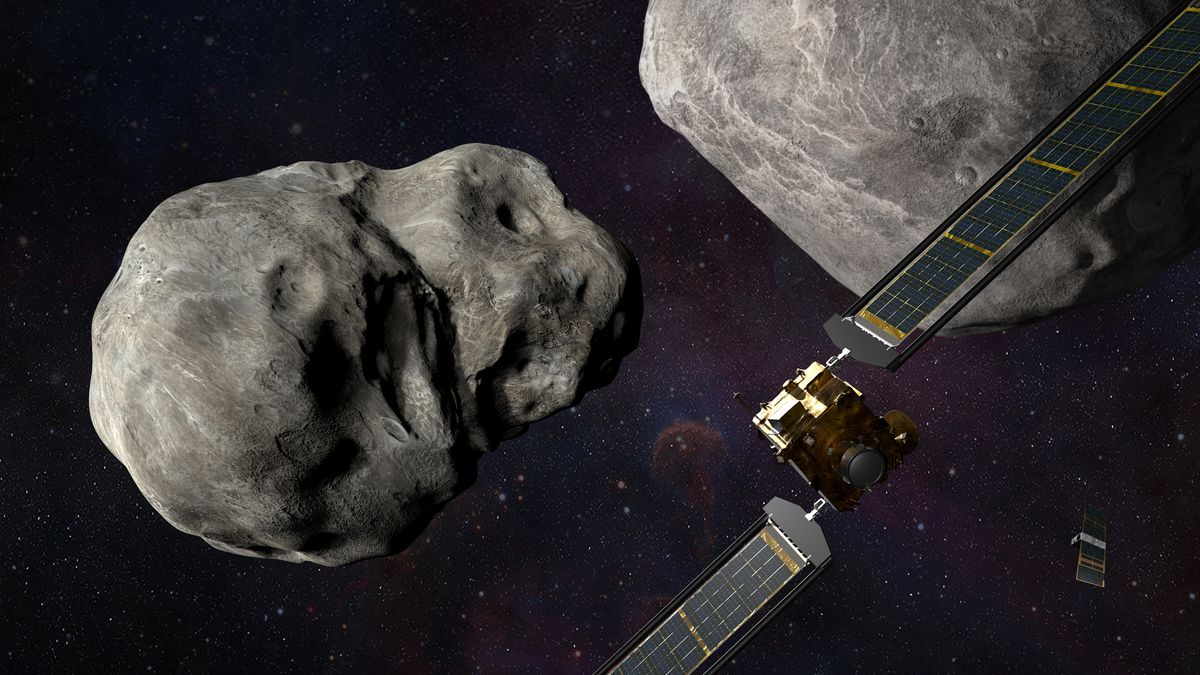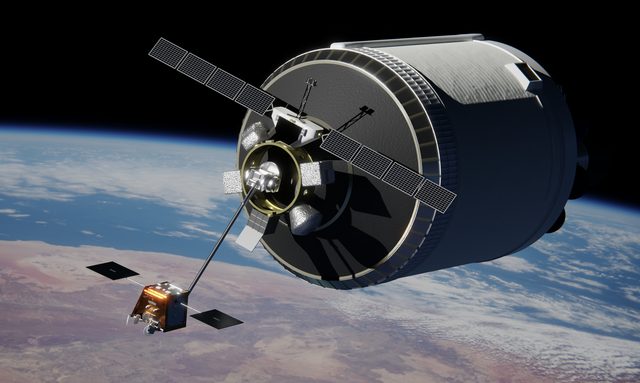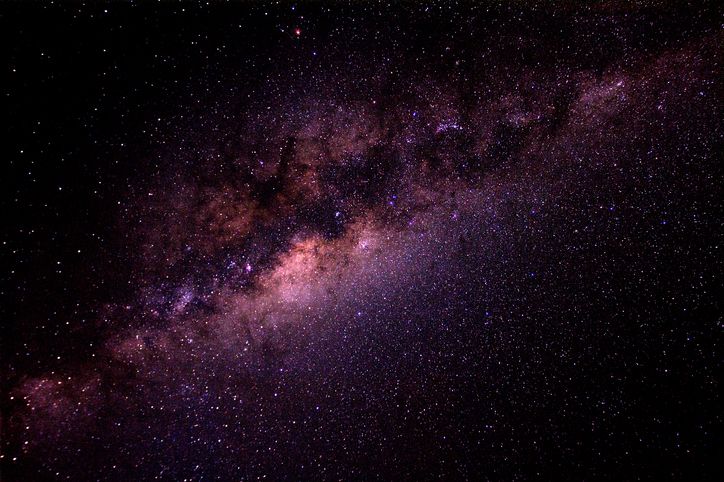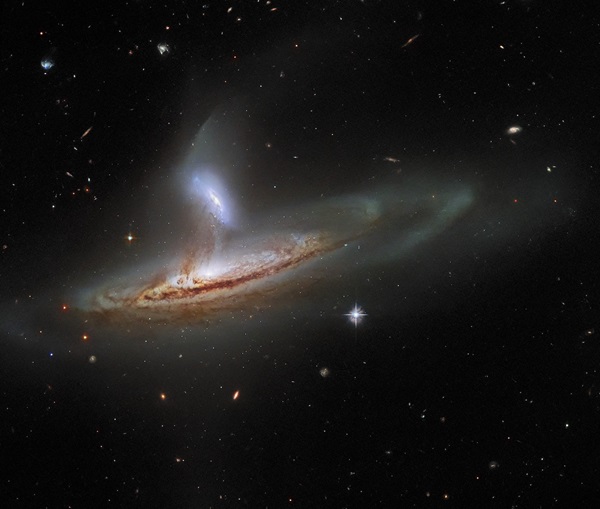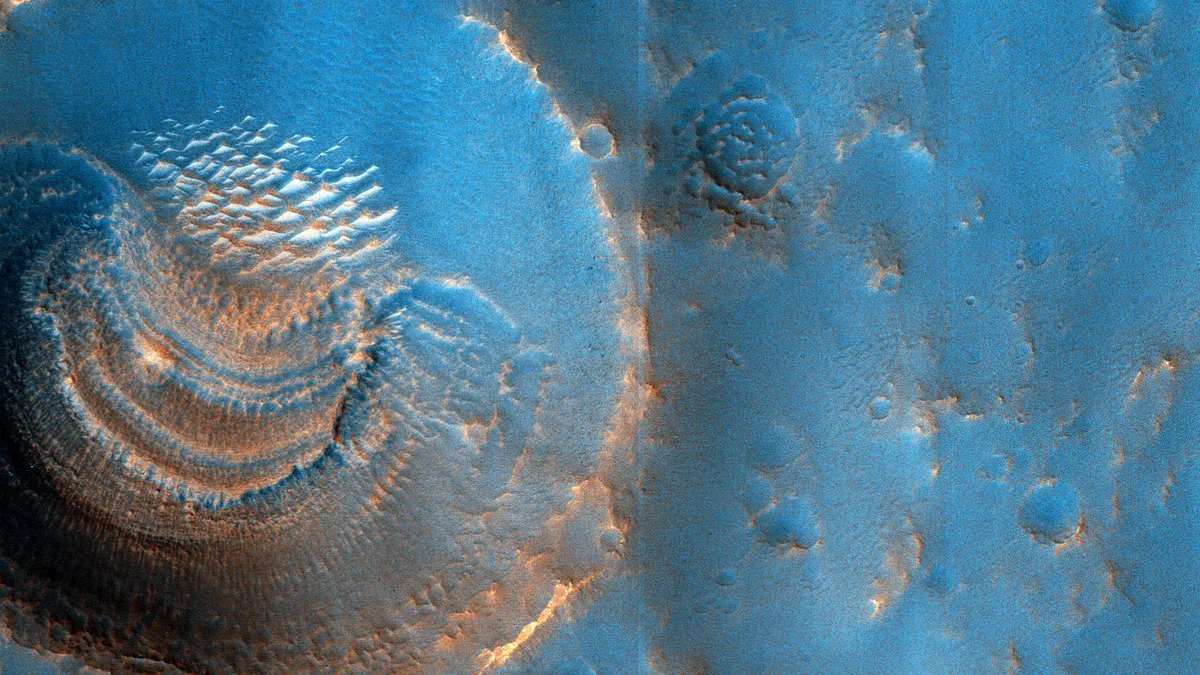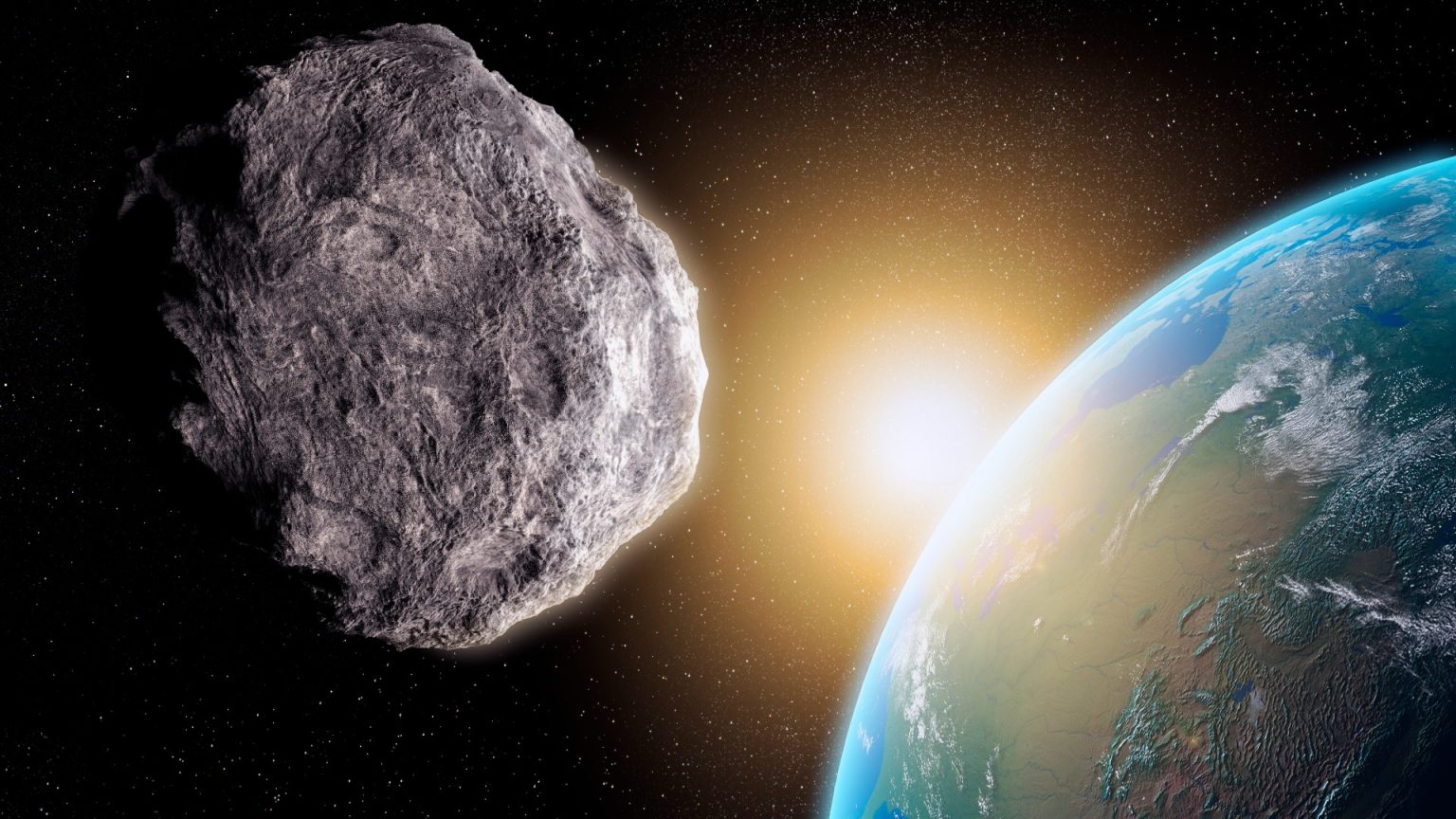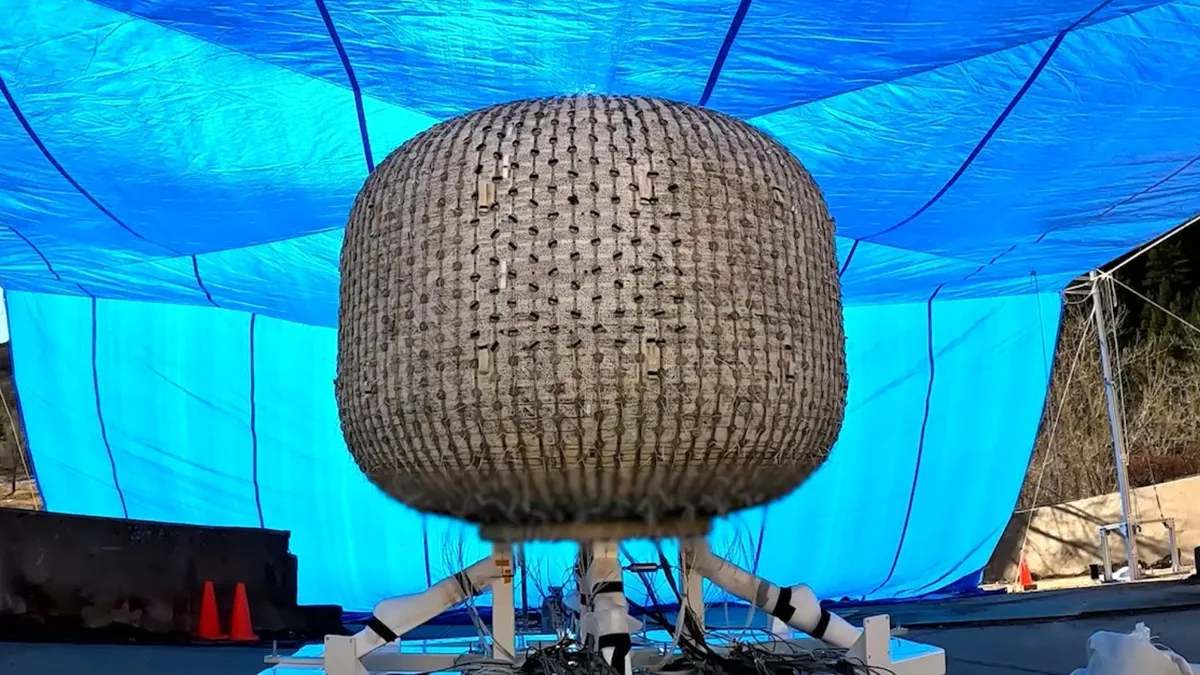The Double Asteroid Redirection Test will knock an asteroid out of orbit, effectively sacrificing itself. NASA/Johns Hopkins APL/Steve Gribben Launched on November 24 last year, NASA’s Double Asteroid Redirection Test (DART) is due to plow into a rocky asteroid moonlet called Dimorphos on Monday in an attempt to alter its orbit around the larger asteroid Didymos about seven million miles away from Earth. While Dimorphos is about one-and-a-half times the size of a football field, this test is a dress rehearsal for the really “big one” that could potentially smash into Earth someday. So, DART’s goal is to collect as much data…
Author: t1205
An exoplanet discovered within a star’s habitable zone requires further investigation to see if has a life-supporting atmosphere—and possibly water. MARTIN BERNETTI//Getty Images The newly discovered exoplanet LP 890-9c has scientists downright giddy. Located about 105 lightyears from Earth, it is one of two “super-Earth” planets near the star LP 890-9, and it might have life-supporting conditions. Just finding these two planets—especially LP 890-9c because it resides within its star’s habitable zone—was no small feat for the team of researchers led by the Belgium-based University of Liège in partnership with others, including Cambridge and the Massachusetts Institute of Technology. The group’s paper…
There are plenty of conspiracy theories, recent discoveries, and just plain old misconceptions about the moon. CRUELTEACHERGETTY IMAGES At 3:17 p.m. ET on July 20, 1969, the Apollo 11 lander touched down on the lunar surface. For millennia, scientists, astronomers, religious thinkers, and philosophers have tossed out theories about the moon—some based more on science than others. But finally, humanity had landed on its surface. Here are ten facts about the moon that we once believed, some of which the Apollo program directly helped disprove. 1The Moon Has Been the Same Size For Millions of Years NASA For years, scientists thought that the…
The meteor caused a “marsquake” last December that left behind a new crater 492 feet across and 70 feet deep. NASA/JPL-Caltech/University of Arizona When Mars started shaking on Christmas Eve 2021, NASA’s InSight lander felt the movement. At first, scientists remotely recording and monitoring the Marsquake had no idea what caused the trembling. That all changed when they found a crater on the Martian surface unlike any seen before, eventually piecing together that a meteor struck the red planet, causing the magnitude-4 Marsquake. NASA’s Jet Propulsion Lab in Pasadena, California, just laid out how the InSight lander recorded the quake, and how…
After successfully cutting stainless steel in space, this company has a vision for repurposing our space junk. Image Courtesy of Nanoracks If entrepreneurs want to bring our society into space, they’ll bring our engineering processes there, too. Earlier this year, Nanoracks, a Houston, Texas-based company that engages in commercial space missions, successfully sliced corrosion-resistant 316 stainless steel in space using a friction milling tool, complete with a robotic arm. Now, it’s hoping to build on that space manufacturing technology to turn spent rocket stages into space outposts. This mission was part of an effort to “develop capabilities to be able to do commercial activity in space,”…
It’s tough to see through the Milky Way’s “zone of avoidance,” but these scientists pulled it off. Luke Peterson Photography//Getty Images Scientists from Argentina’s National University of San Juan say they’ve discovered a “large scale structure” in a largely unseen part of the Milky Way galaxy, according to a new preprint paper published to the arXiv server late last month. It’s been submitted to the journal Astronomy and Astrophysics, but it has not yet been peer-reviewed. To be clear, the structure here is not any kind of human-made object; Rather, it’s a newfound galaxy cluster that’s been hiding out behind the Milky Way. Given how hard…
During his 2021 trip to space, Shatner felt a sensation that’s particular to people who see our blue planet from above, called the “overview effect.” Getty Images//Getty Images In an excerpt from his new biography, TV legend William Shatner describes a feeling of despair triggered by his record-setting 2021 trip to space. And he’s far from the first—astronauts of all kinds have reported experiencing the so-called “overview effect,” a forced shift in one’s literal, proverbial, and even spiritual view of the world below. Shatner’s vulnerability is moving, especially when more and more “regular people” are likely to go to space in the near future.…
The extremely metal-poor galaxy, nicknamed Peekaboo, relatively recently emerged from behind a fast-moving star. The dwarf irregular galaxy HIPASS J1131-3, nicknamed Peekaboo, is one of the most metal-poor galaxies yet found, which is particularly intriguing considering such galaxies aren’t typically seen in the local universe. Science: NASA, ESA, Igor Karachentsev (SAO RAS); Image processing: Alyssa Pagan (STScI) The Hubble Space Telescope (HST) has helped astronomers confirm that a nearby dwarf galaxy is severely lacking in the heavy elements, a trait usually seen in galaxies in the distant, early universe. As galaxies evolve, multiple generations of stars produce and spew forth elements heavier…
The second Moon race is in full swing, with the world’s two big superpowers angling to score a new set of firsts on the lunar surface. NASA’s Artemis program recently clocked up its first success with the splashdown of Orion, but China is looking to take the lead when it comes to setting up a fully-fledged lunar research station. One of the first steps in that process – figuring out where to put it. That is what a new paper attempts to quantify, and it comes up with a practical solution – the south pole. There are plenty of advantages…
It missed us this time, but it’ll be back. Meanwhile, we ought to be worried about its larger cousins lurking in the dark. In this illustration, an asteroid is shown in the foreground in the lower left. The two bright points above it on the far left are Earth (right) and the moon (left). The sun appears on the right. NOIRLab/NSF/AURA/J. da Silva/Spaceengine An asteroid the size of a car was discovered the same day it made a close approach to Earth, coming closer to the surface than the ring of large telecommunications satellites in geosynchronous orbit (22,236 miles, or…
But there’s a possible explanation for the weirdness spotted in NASA images. This processed image from the MRO HiRise camera uses distinctive colors to highlight formations and features of a crater with unusual deposits inside it.NASA, JPL-Caltech, UArizona This story is part of Welcome to Mars, our series exploring the red planet. Mars offers lots of grand mysteries. Did it ever host microbial life? Are there hidden “lakes” under the polar cap? But the red planet also has intriguing smaller mysteries, like what’s going on inside a series of craters in the northern part of Mars. NASA’s Mars Reconnaissance Orbiter captured some views…
The space rock looks to have been captured by our planet’s gravity over 60 years ago. An asteroid just spotted for the first time seems to have been circling Earth for decades. NASA Our planet has a pretty permanent relationship with the moon, but occasionally Earth’s gravity can also capture small asteroids that then spend a period of time orbiting us as a sort of temporary satellite. This has happened at least twice this century, with the “mini moons” hanging around for just a few years or less, but newly discovered asteroid 2022 YG appears to have been trapped in a bizarre orbit…
Lockheed Martin is putting a new habitat design through its paces, and that includes blowing it open. Lockheed Martin blew this inflatable habitat prototype to smithereens and it went very well.Lockheed Martin It’s costly to haul materials into space. That’s why inflatable habitats are so alluring. They can pack down small and then expand into comfortable living and working spaces. But they need to be tough to stand up to the rigors of life in orbit, on the moon or even on Mars. How tough? Lockheed Martin blew up an inflatable habitat prototype to test its limits. The company performed a…
Anyone who is looking for a home that is fierce, sweet, shady. Today, we would like to recommend this one! Source: lastsessio.com



